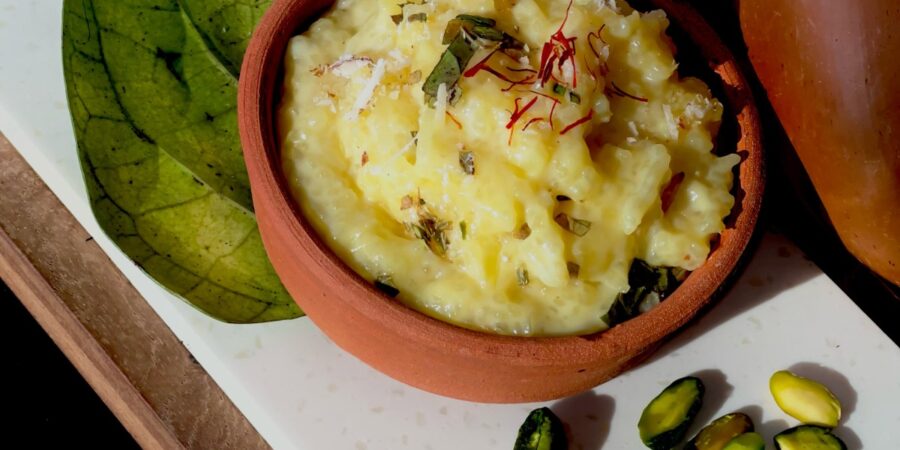Paan’s historical usage in Ayurveda traces back to 400 BC. Paan, derived from the Tamil word “Vetrilai” and the Malayalam word “vettila” via Portuguese, encompasses a rich cultural and historical significance. Cultivated primarily for its leaves, paan finds its most common usage in flavoring areca nut or betel nut chewing. The practice dates back centuries and has deep roots in various Asian cultures.
Today, we have evolved from the usual Banarasi paan and new variants like Silver Paan, Fire Paan, Chuski Paan, Royal Maghai Paan, Rasmalai Paan, Chocolate Paan etc., have sprung up. It is savored as an exotic food item, and chefs across the globe are incorporating paan into desserts like ice cream, kulfi, cake, etc., and making wholesome delicacies like curries, pulao, and pakoras.
For ages, paan has been used only as a refreshing mouth freshener and post-meal snack. Over the years, there has been an increase in awareness levels about the versatility of this ingredient and its health benefits. Additionally, the growing popularity of fusion foods and seeking inspiration from other countries using paan in meals have led to betel leaves emerging as the hero ingredient of various cuisines. As a result, we have innovative dishes like paan patta chaat, paan ice cream, sorbet, cakes, espresso coffee infused with paan flavour, paan shots, paan ladoo, paan fritters, paan fudge.
The most common and popular use of betel leaves is as a mouth freshener. In addition to Banarasi paan, we have unique varieties like fire, ice, gold, silver, and fruit flavoured paan. However, chefs and bakers constantly brainstorm ideas to come up with fusion foods with betel leaves as the core ingredient.
Using fresh, green leaves is of paramount importance, as this will elevate the taste of your dish. Next, wash them thoroughly before use by soaking them for a few minutes in a mixture of water and vinegar and pat dry with a power towel. When adding paan to your dishes, trim the stems and use only the leaf. Additionally, paan has a slightly astringent taste, and it can either make or spoil your dish. Hence, balancing the flavours whether it’s a sweet or savoury dish is essential.
The diverse utilization of paan in food showcases its versatility. From traditional fritters to contemporary Thai betel leaf salads, its incorporation into dishes like Rasam, Mukhwaas, Cakes, and Thandai highlights its adaptability across different cuisines and culinary styles.
Utilizing paan leaves effectively involves understanding certain do’s and don’ts. When consumed with honey, betel leaves can enhance mental alertness and act as a tonic, fostering energy and motivation. However, caution should be exercised regarding its combination with tobacco, lime, and areca nuts, as these may lead to adverse effects. Awareness of these guidelines ensures the safe and beneficial integration of paan leaves into various culinary endeavours.
One additional consideration when using paan leaves is their cultural and social significance. In many South Asian cultures, paan holds ceremonial and symbolic importance, often being offered as a gesture of hospitality, friendship, or respect during social gatherings and religious events. It’s essential to approach the use of paan leaves with an understanding and appreciation of their cultural context.
Furthermore, while paan can be a flavourful and enjoyable ingredient, it’s essential to be mindful of its potential health implications, particularly when consumed with ingredients like tobacco. Moderation and awareness of individual health concerns are crucial when incorporating paan into food or consuming it in traditional forms.
Overall, paan leaves offer a versatile and flavourful addition to culinary creations, but their cultural significance and health considerations should be kept in mind when exploring their use.
Read the full story that first appeared in Zee Zest here:

